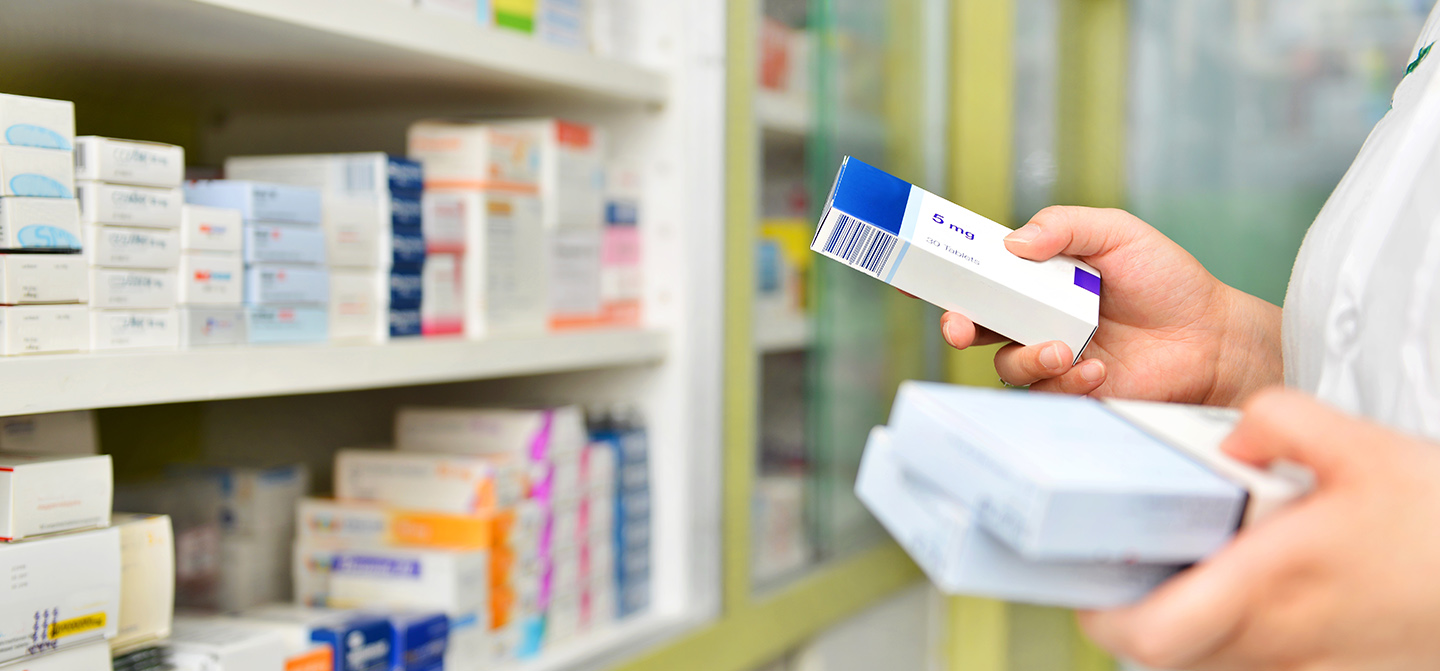
Transitioning from a pharmacy technician (pharm tech) to a pharmacist is a significant and rewarding career shift. This transition involves a series of educational and professional steps that enhance your role within the healthcare system and offer new opportunities. This article explores the journey from pharm tech to pharmacist, covering essential educational requirements, licensing, and practical experience.
Table of Contents
Understanding the Role of a Pharmacy Technician
To appreciate the transition, it is crucial to understand the role of a pharmacy technician. Pharmacy technicians play a vital role in the healthcare system by assisting pharmacists with medication preparation, managing inventory, and providing patient support. Their responsibilities include preparing medications, answering patient questions, and handling administrative tasks. Working under the supervision of pharmacists, pharmacy technicians ensure the smooth operation of pharmacy practices and contribute significantly to patient care.
The Path to Becoming a Pharmacist
The path to becoming a pharmacist requires dedication to education and professional development. Here are the essential steps involved:
Educational Requirements
The journey begins with obtaining the necessary educational qualifications. To become a pharmacist, you need to complete a Doctor of Pharmacy (Pharm.D.) program. Typically, this requires completing undergraduate education, which may include earning a bachelor’s degree or fulfilling specific coursework in subjects such as chemistry, biology, and anatomy. Some Pharm.D. programs accept candidates who have completed pharmacy technician training or an associate’s degree.
The Pharm.D. program itself usually spans four years and involves coursework in areas like pharmacology, medicinal chemistry, and clinical practice. Admission to these programs often requires passing the Pharmacy College Admission Test (PCAT), which evaluates your knowledge and skills relevant to pharmacy practice.
Licensing and Certification
After completing your Pharm.D. program, obtaining licensure is a crucial step. Licensing requirements vary by state or country but generally include passing the North American Pharmacist Licensure Examination (NAPLEX) in the United States, or its equivalent in other regions. Additionally, you will need to pass a state or regional law exam, which covers pharmacy regulations and laws specific to the area where you plan to practice.
In addition to licensure, some pharmacists choose to pursue board certification in specialized areas, such as oncology, pediatrics, or geriatrics. Board certification enhances your expertise and opens up advanced career opportunities within these specialties.
Gaining Experience
Practical experience is essential for becoming a successful pharmacist. This experience is typically gained through internships and residency programs. During your Pharm.D. program, you will complete internships that provide hands-on experience in various pharmacy settings. These internships allow you to apply your academic knowledge in real-world scenarios and understand the daily responsibilities of a pharmacist.
Following your Pharm.D., you might also choose to complete a residency program. Residencies offer advanced training in specific areas of pharmacy practice, significantly enhancing your professional skills and career prospects https://techpress.us/.
Conclusion
The transition from a pharmacy technician to a pharmacist is a journey filled with challenges and rewards. It involves rigorous educational requirements, obtaining necessary licensure, and gaining practical experience. However, the career advancement, increased responsibilities, and the opportunity to make a significant impact on patient care make this transition highly rewarding. By following these steps and committing to professional development, you can successfully advance from a pharmacy technician to a pharmacist and enjoy a fulfilling career in healthcare.


